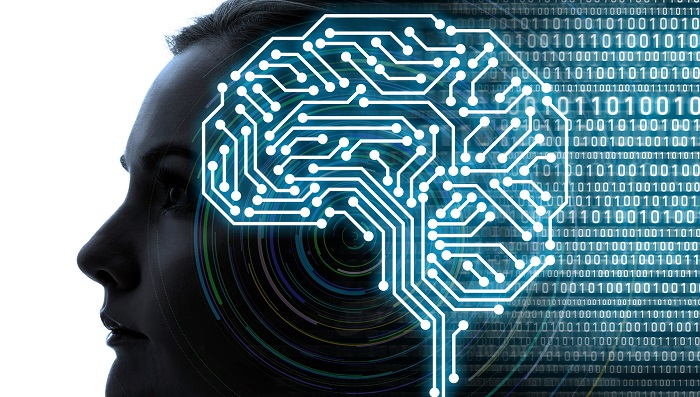AI doesn’t yet adhere to traditional ideas of “intelligence,” but it does signify a fundamental change in software. In the 90s and early 2000s, people had a certain idea of software, which involved them clicking around to access functions. Software was a digital tool, and, like every other tool, it could be used to solve a problem.
Software is now able to do more of the solving independently. It may not be intelligent, per se, but it has proactive functionality.
A camera in a store isn’t just a way for paid security staff to keep an eye out for the neighborhood kleptomaniac. That camera could be part of an “unmanned store” retail solution, equipped with computer vision, and interlinked with a network of different sensors. The overarching system can create a seamless shopping experience, accrue specific data on specific consumers, and help fine-tune marketing efforts.
From a strictly commercial perspective, it doesn’t matter if the tool itself has a mind of its own, because it’s effective. Politically, the potential fallout from AI, which might include technological unemployment and an all-seeing security state, is daunting.
Yet in the meantime, AI has translated into overzealous venture capital, an array of new (and perhaps unnecessary) product offerings and startups, and for some companies, better returns — particularly when it comes to marketing.
Case in point: Baidu, perhaps best described as China’s version of Google, reported a record $3.93 billion in quarterly revenue. The company attributes this success to its recently improved mobile app, which uses AI for better targeting. In a call with analysts, Baidu’s chief executive noted the growth of internet users in China has slowed down, and the company needs to maximize efficacy with its existing user base. New technology enables them to do that by fine-tuning UX, predictive abilities, and monetization of services.
AI is sweeping through the traditional software landscape. The research section of Microsoft’s website, for example, carefully breaks down its vision for AI as follows:
“Pursuing computing advances to create intelligent machines that complement human reasoning to augment and enrich our experience and competencies.”
Adjacent to this mission statement, Microsoft has a logo showing what appears to be half of a human brain, connected to nodes. It conveys the idea that AI will work best in collaboration with people, and is perhaps intended to dispel concerns that people will be fully replaced.
Microsoft goes on to explain that it wants to extend human ability to sense, learn, and understand. Microsoft wants to leverage digital data, expanded computational power, and advanced algorithms to create “collaborative and natural interactions between people and machines.”
One Microsoft blog post tells the tale of an experimental Office AI feature that helps workers prepare for meetings in a more efficient manner. They’re calling it a Calendar-Aware Proactive Email Recommender System (CAPERS).
Workers everywhere are bogged down in meetings on a routine basis. A meeting in and of itself is time-consuming. But a busy worker might want to spend time preparing before walking into the conference room. CAPERS uses AI to understand the key parts of a meeting, and its context, so it can recommend key emails that might be useful in meeting preparation.
Related: Ditch the Slides, And Other Ways To Make Marketing Meetings More Effective
Marketers, for example, could use the software to quickly bring up exactly what is going on with a specific campaign, and then walk into a meeting with full confidence and awareness. This feature is still being tested but could be applied to commercially available versions of Outlook in the future.
“The research infuses computers, materials and systems with the ability to reason, communicate and perform with humanlike skill and agility,” the Microsoft site states.
This sentence is less accurate. Through the implementation of good design and conversational training, AI can have increasingly human-friendly interactions. However, nothing about the way that it reasons or performs is actually “humanlike.”
When a small child learns information, the process does not even remotely resemble machine learning. A child can identify a “T-Rex” toy without first passing through an aisle containing thousands of toys and scanning the aspects of every single one.
A child, a grown adult — or even a team of grown adults – can’t monitor a retail outlet with the same vigilance and instantaneous transaction-processing abilities as Amazon Go. “Humanlike” is the wrong word. From a business perspective, it isn’t necessary to create a tool that reflects our own cognition and performance abilities. Why would we do that?
If we want something “humanlike,” there’s always…well, humans.








